Entry Category: Museums and Historic Sites - Starting with S
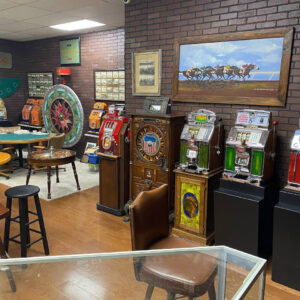 Slot Machines
Slot Machines
 James Phillip Smith House
James Phillip Smith House
 Smithville Public School Building
Smithville Public School Building
Smithville Public School Building
 Smoke House
Smoke House
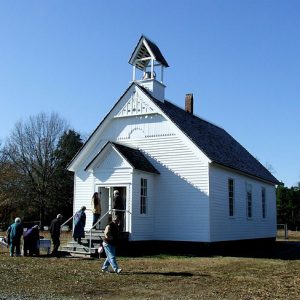 Smyrna Methodist Church
Smyrna Methodist Church
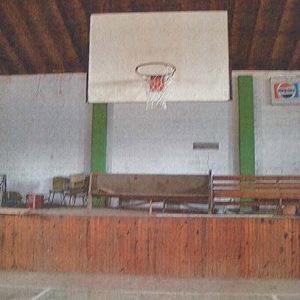 Snowball Basketball Goal
Snowball Basketball Goal
Snowball Gymnasium
 Snowball Gymnasium
Snowball Gymnasium
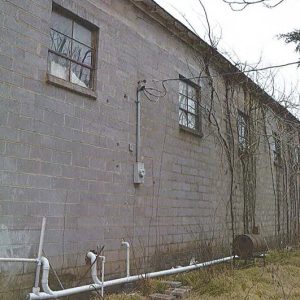 Snowball Gymnasium
Snowball Gymnasium
 Snowball Gymnasium Interior
Snowball Gymnasium Interior
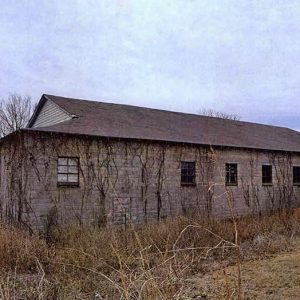 Snowball Gymnasium Rear View
Snowball Gymnasium Rear View
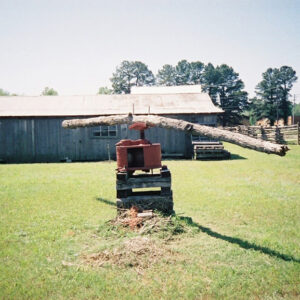 Sorghum Mill
Sorghum Mill
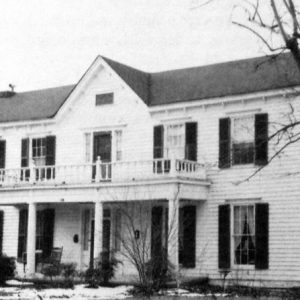 Soulesbury Institute
Soulesbury Institute
South Arkansas Heritage Museum
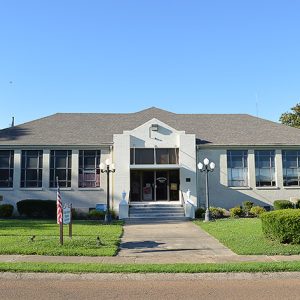 South Elementary School (Wynne)
South Elementary School (Wynne)
South Elementary School (Wynne)
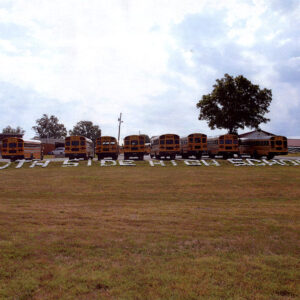 South Side High School Sign
South Side High School Sign
South Side High School Sign
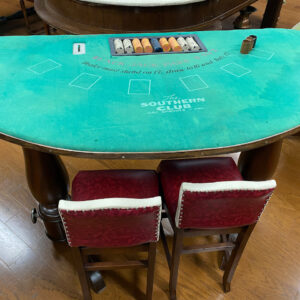 Southern Club Poker Table
Southern Club Poker Table
Southern Tenant Farmers Museum
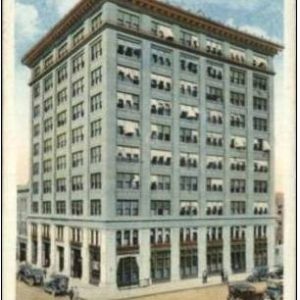 Southern Trust Building
Southern Trust Building
 Southern Trust Building
Southern Trust Building
Spirit of the American Doughboy Monuments
Springdale Poultry Industry Historic District
Springfield to Fayetteville Road
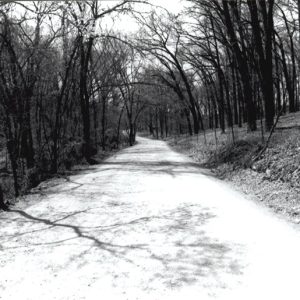 Springfield to Fayetteville Road—Cross Hollow
Springfield to Fayetteville Road—Cross Hollow
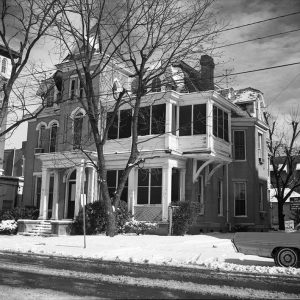 St. Andrew Rectory
St. Andrew Rectory
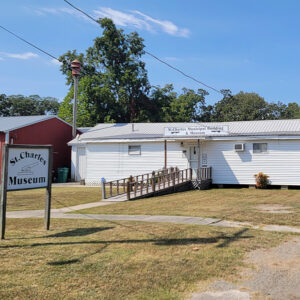 St. Charles Museum
St. Charles Museum
St. Edward Catholic Church
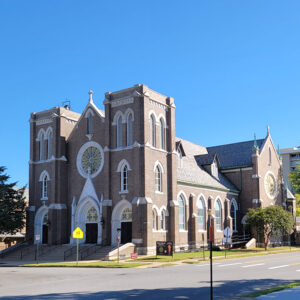 St. Edward Catholic Church
St. Edward Catholic Church
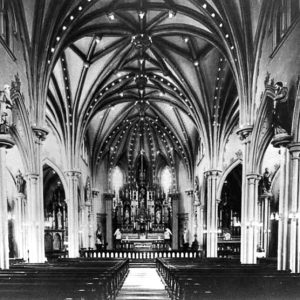 St. Edward Catholic Church Interior
St. Edward Catholic Church Interior
 St. Edward Church Annex
St. Edward Church Annex
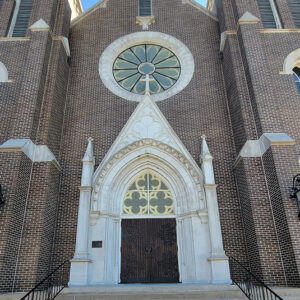 St. Edward Church Entrance
St. Edward Church Entrance
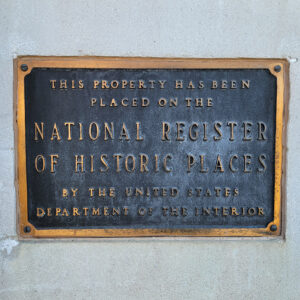 St. Edward Church Plaque
St. Edward Church Plaque
 St. Edward Church School
St. Edward Church School
 St. Francis County Museum
St. Francis County Museum
St. Francis County Museum
St. Joe Historical Missouri and North Arkansas Depot and Museum
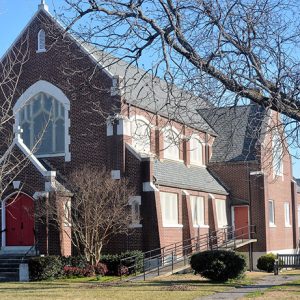 St. John's Episcopal Church
St. John's Episcopal Church
St. Mary’s Catholic Church (Helena-West Helena)
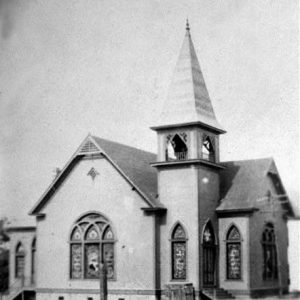 Stamps Presbyterian Church
Stamps Presbyterian Church
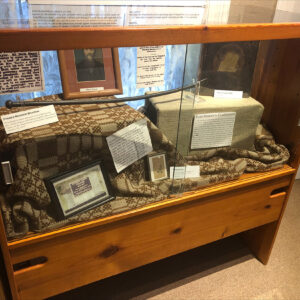 Tom Staner Exhibit
Tom Staner Exhibit
Star City Commercial Historic District
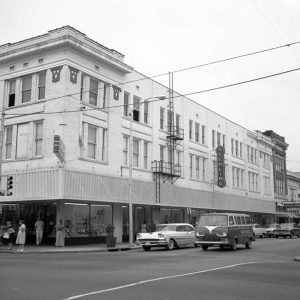 Sterling Store
Sterling Store
Stone County Courthouse
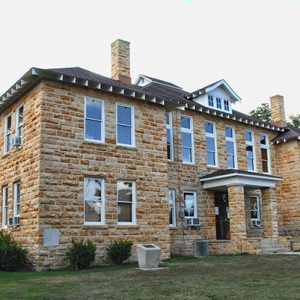 Stone County Courthouse
Stone County Courthouse
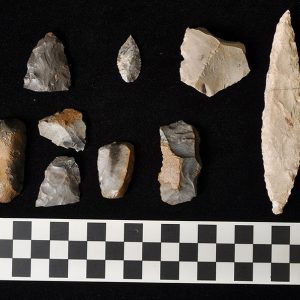 Stone Tools
Stone Tools
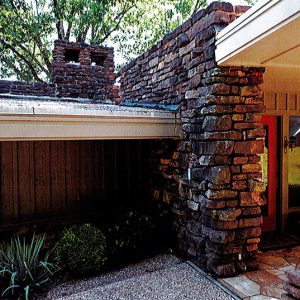 Stonework
Stonework




